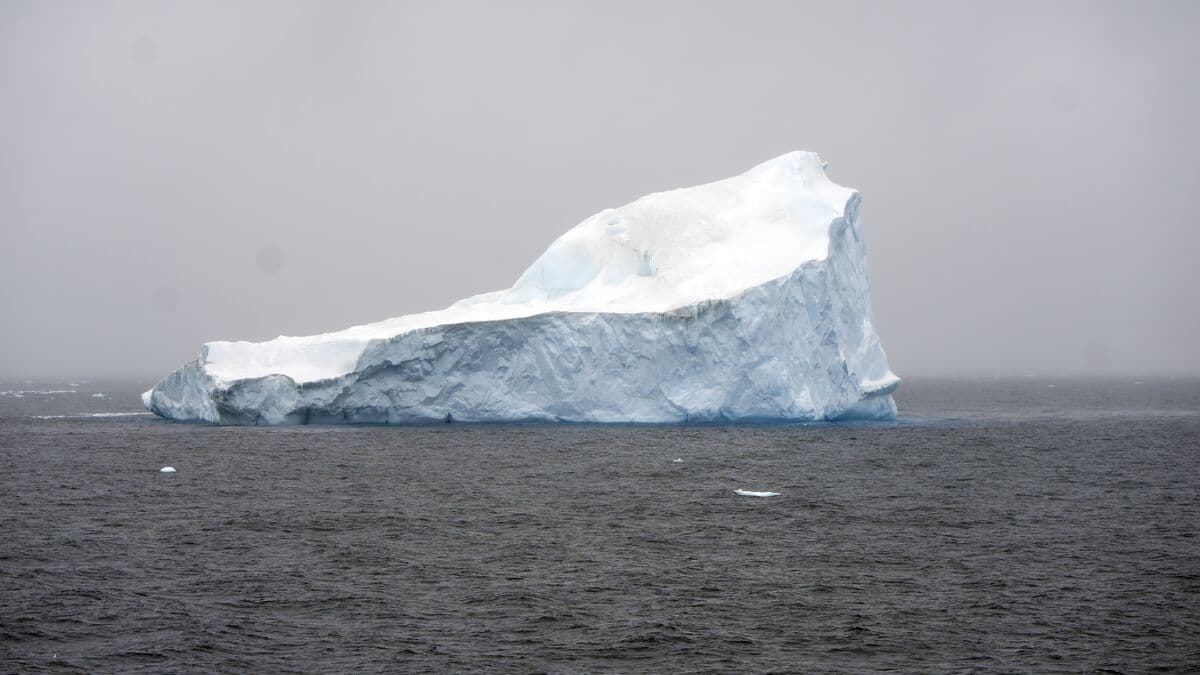Researchers at DMI, the Danish version of SMHI, call the development a "Greenlandification", when the melting around the South Pole occurs increasingly faster and more ice is lost to the sea.
Compared to Greenland, the amount of ice in Antarctica is enormous. If the ice in Greenland melts, the world's oceans will rise by seven meters. If the same thing happened to Antarctica, the sea level rise would be 50 meters.
"Antarctica has long been considered more stable than the Arctic. But today, the picture has changed: sea ice is disappearing, the temperature is rising here as well, ice flows are accelerating and meltwater is penetrating into the glaciers' cracks, which makes them slide faster towards the sea", says lead author Ruth Mottram in a press release.
In the study, which is published in Nature Geoscience, the researchers have used satellite measurements, radar and laser scans as well as buoys, ship measurements and climate models.
It may be worse for us up here in the north that the ice in Antarctica is melting, than that it is doing so in Greenland. When the ice in the south melts, the water is distributed in such a way that it rises more at our latitudes and vice versa, according to the researchers.
"It's devastating, because the ice masses in the south have a dramatic potential in the form of rising sea levels for us in the north".





